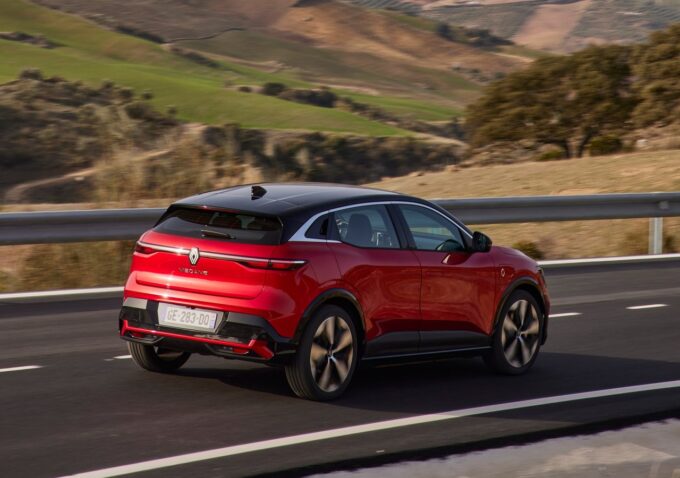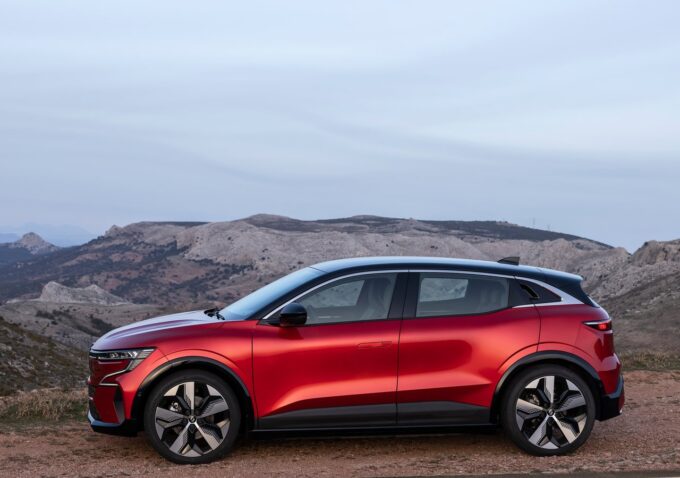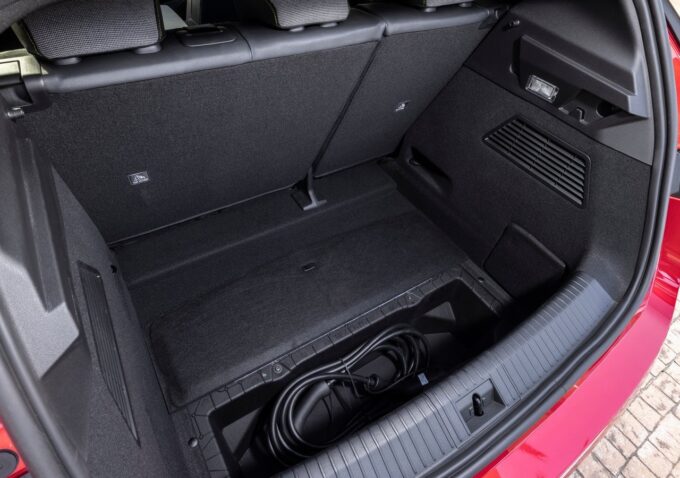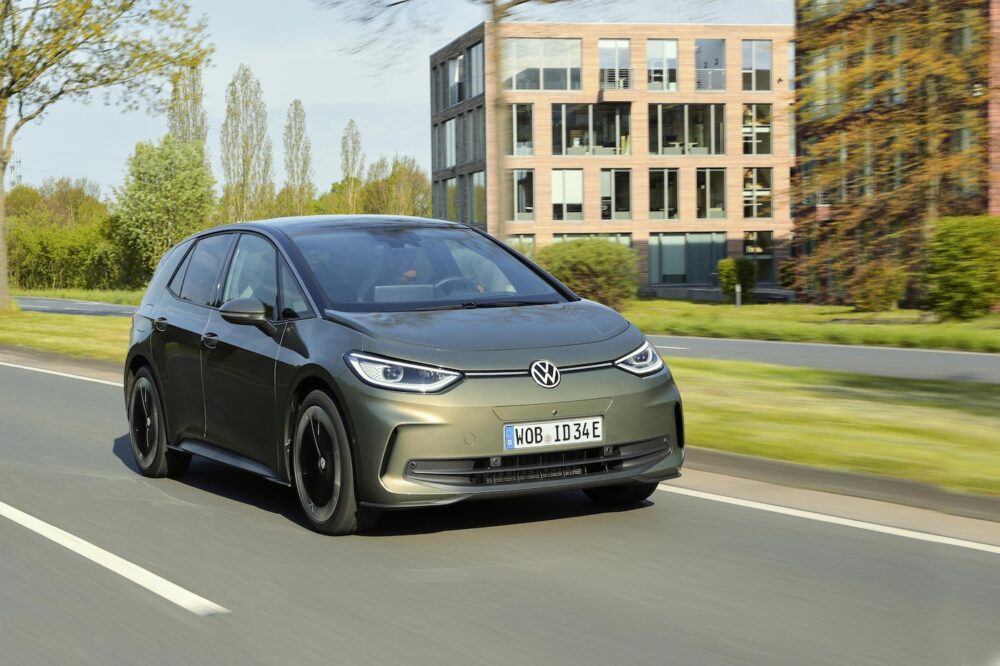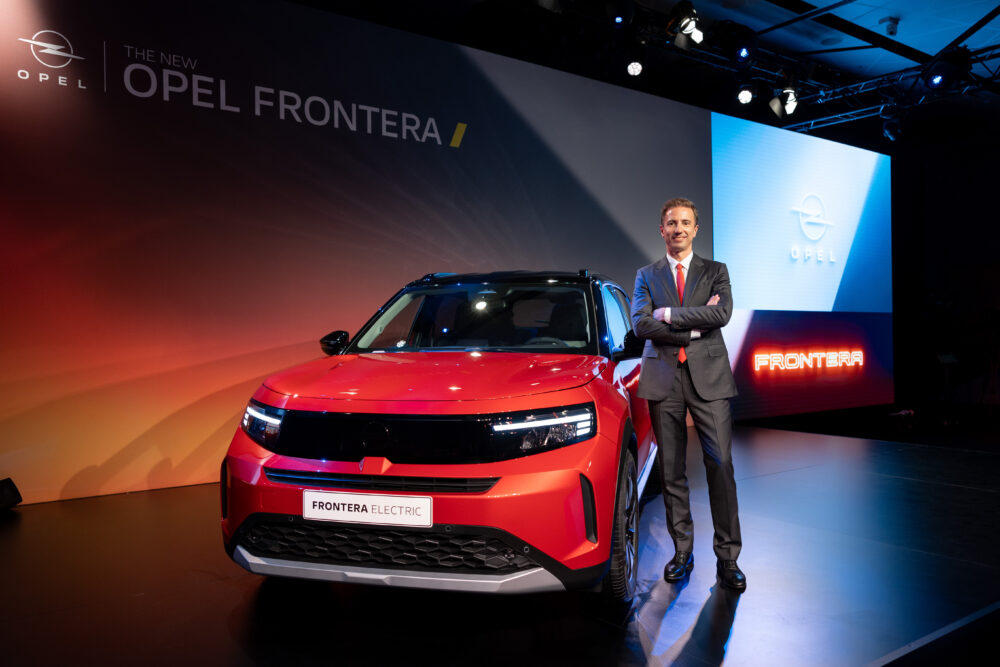Renault: The 300 secrets of the Megane E-Tech 100% electric 🎥
BACKGROUND The new Megane E-Tech 100% electric, the first vehicle of Renault's Nouvelle Vague, is the start of a wave of innovation, with more than 300 patents filed during the development of the vehicle and platform. We want to explain some of them in our series.
Innovation has been part of Renault's DNA for almost 125 years. Over the decades, the French company has consistently developed the automobile further, with inventions that are still relevant today. Some of the most important innovations will be presented in detail this week.
One of the new developments in vehicle technology - still in the 19th century - was the direct-shift gearbox (1899 in the Type A). This was later followed by the replacement of the crank handle with an automatic starting system (1909), the introduction of mechanical rack-and-pinion steering (1950), the integration of the tailgate as a fifth door (1961) and the Plip system for closing the doors using an infrared signal (1983).
In this series on the Megane E-Tech 100% electric, we don't want to present all 300 patents that were filed during the development of the vehicle, but we do want to highlight four areas of innovation that stood out. Today we start with the model itself and two patents on the lightweight construction of the vehicle:
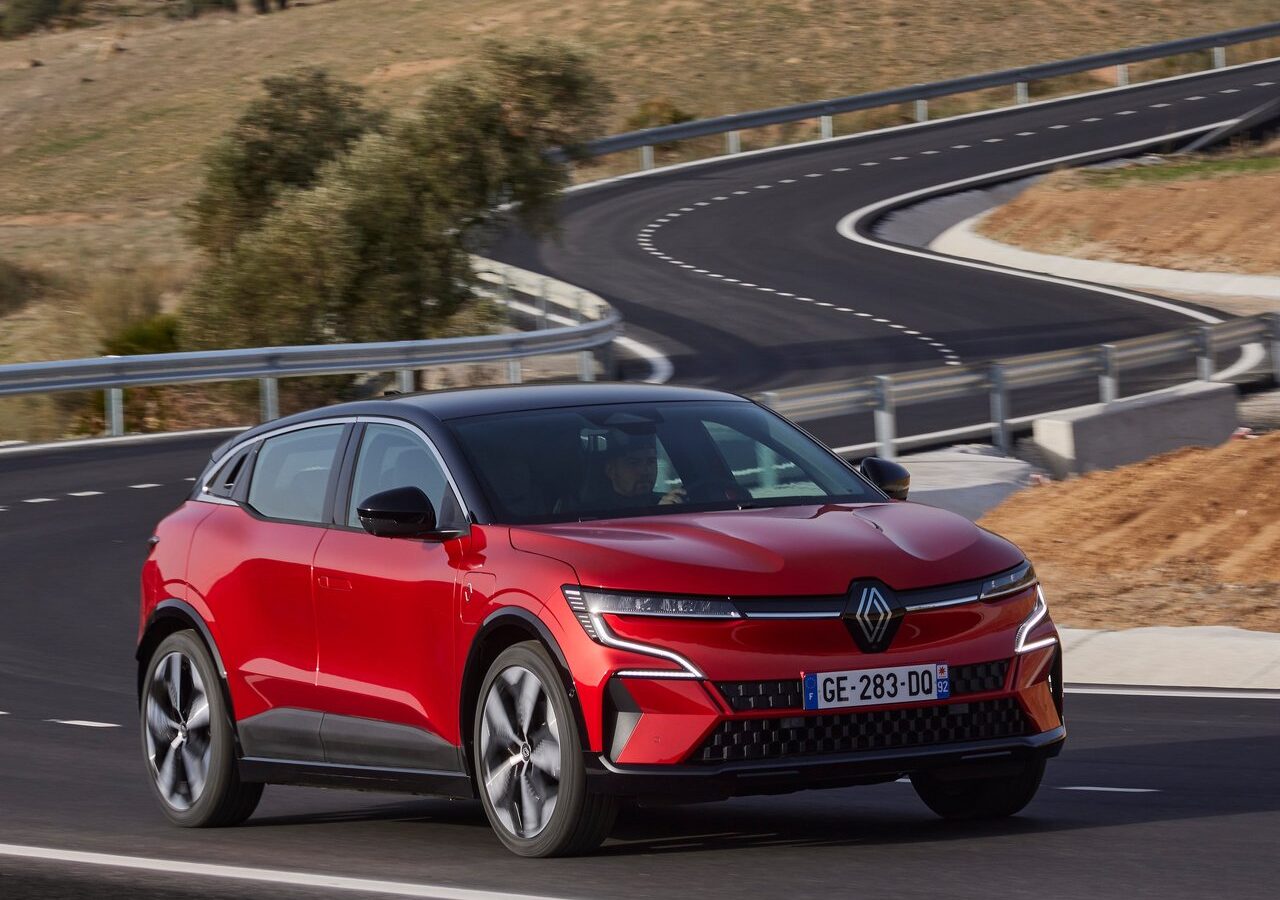
Range of up to 470 kilometers
The new platform of the Megane E-Tech 100% electric features a very flat 60 kWh battery and a compact 160 kW electric motor. This allows the car to travel up to 470 kilometers on a single charge. The aerodynamically optimized body design, the comparatively low vehicle weight of 1740 kilograms and the thermal management of the battery also make the long range possible.
The all-electric Megane E-Tech 100% electric, which rolls on 18- or 20-inch wheels, also impresses with its sporty driving performance. From a standstill, it reaches 100 km/h in 7.4 seconds and has a top speed of 160 km/h.
The topic of lightweight construction, which contributes to the range, has been supported by two patents, among other things, which have led to weight savings in the tailgate design and material. They are based on a new design in conjunction with a new plastic injection molding process. The tailgate is made of plastic, there are no metal reinforcements and the number of parts has also been reduced.
renault.ch
Read on Friday, December 15 why the interior offers so much space.







